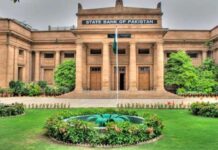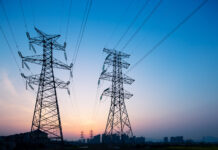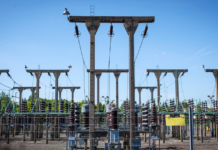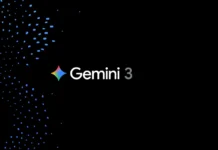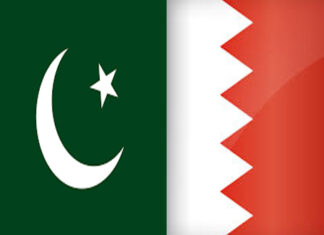Ahead of Prime Minister Shehbaz Sharif’s anticipated visit to China, the issue of Late Payment Surcharges (LPS) remains unresolved, as Chinese Independent Power Producers (IPPs) refuse to waive the surcharges or the outstanding amount required for the clearance of circular debt, The News reported, citing sources.
The outstanding balance owed to Chinese IPPs stands at Rs423 billion. Of the total Rs5.48 trillion billed to IPPs under the China-Pakistan Economic Corridor (CPEC) over the past nine years, Rs5.06 trillion has been paid. The top debts include Rs87 billion to Huaneng Shandong Ruyi, Rs85 billion to Port Qasim Electric Power, and Rs70.4 billion to China Power Hub Generation.
The International Monetary Fund (IMF) has yet to endorse the procedural details for addressing the Rs1,257 billion circular debt, a deal the Government of Pakistan struck with commercial banks. Despite the agreement, the transaction has not yet been finalised.
According to the news report, the Development Finance Corporation (DFC) and the IPPs have refused to forgo the late payment interest, which is complicating efforts to reduce tariffs. The government is still negotiating with more IPPs, but it remains unclear how much these discussions will contribute to further tariff reductions.
As PM Shehbaz Sharif prepares for his visit to China, the issue of outstanding amounts from Chinese IPPs has emerged as a significant challenge. The Pakistani government aims to resolve this issue before proceeding with other plans.
The Chinese IPPs are holding firm on the LPS issue, which may require the Ministry of Power to seek approval for interest payments alongside the circular debt amount. The Central Power Purchasing Agency (CPPA) is finalising the deal, and once completed, Rs1,257 billion will be disbursed within 15 days.
Officials from the Ministry of Finance and the Ministry of Power stated that all arrangements are in place, with the deal expected to be finalised soon, despite recent disruptions due to flash floods. The deal is set to be concluded at a rate of KIBOR minus 0.9%, bringing the rate to approximately 10.1%.



